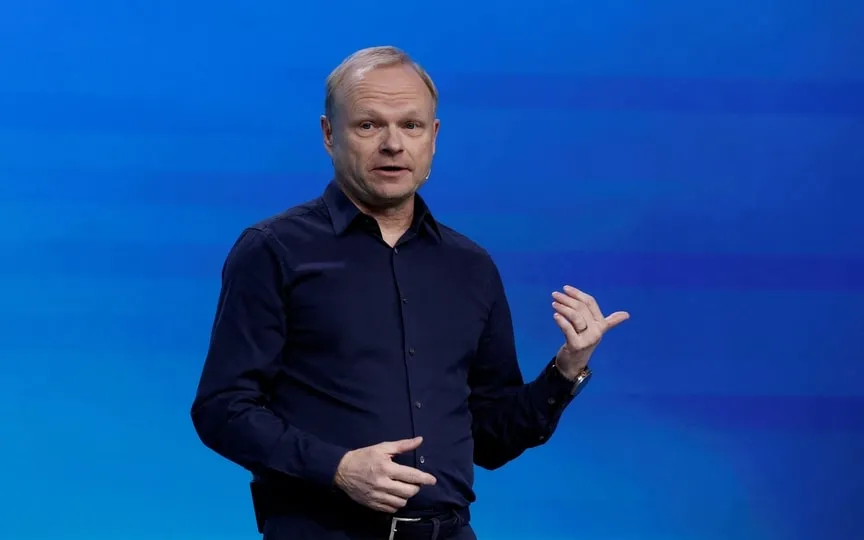Carriers Require Considerable Investment for 5G Network, According to Nokia CEO
The CEO of Nokia Oyj has indicated that the current decrease in demand for 5G equipment from operators due to a deteriorating economy will only be temporary, as there is a significant requirement to invest in these networks worldwide.
Nokia reiterated on Thursday that challenges from the deteriorating economic outlook and customers working on existing inventory increased in the second quarter and will continue in the second half of the year. It had made similar remarks last week when it cut its full-year guidance.
“We believe that this must be a matter of timing, as data traffic continues to grow by 20-30% per year worldwide,” CEO Pekka Lundmark said in an interview. “In mobile networks, there is still a significant need for operators to invest in 5G globally, with only around 25% of potential mid-band 5G base stations deployed outside of China so far. “
Nokia issued an unplanned earnings warning on Friday, lowering its full-year guidance due to a weakening fifth-generation mobile market. It faces macroeconomic headwinds as customers continue to work through inventories that have grown amid global supply chain disruptions. Nokia’s move follows a more gloomy view from Swedish rival Ericsson, which had similarly said its North American business was suffering from low sales as operators continued to reduce inventory levels.
Nokia relies on operators who don’t want to lag behind their competitors in expanding the 5G coverage area.
“There is fierce competition between operators. If one player slows down for an extended period of time, they lose their competitiveness,” said Lundmark. “We believe that the competitive situation guides their investments. When exactly they will start to accelerate again is very difficult to say at this stage.
Nokia expects second half revenue to be “broadly similar” to first half in both network infrastructure and mobile networks, with some improvement compared to the last quarter of 2010.
As stated in the preliminary announcement, the company now expects to post sales of 23.2-24.6 billion euros ($26-27.6 billion) for this year, which is less than it had predicted. It forecasts a comparable operating profit margin of 11.5 to 13 percent, and the upper end of this range was previously 14 percent.
On Friday, Nokia announced a turnover of around 5.7 billion euros in the second quarter, which is unchanged compared to the corresponding period of the previous year, and the comparable operating profit percentage was 11%. The quarter included a benefit of EUR 80 million from Nokia Technologies’ turnover.
The company also reiterated its message that it will continue to take steps to stay on track to achieve its long-term goal of growing faster than the market and generating a comparable operating margin of at least 14 percent.
“We have 3.7 billion euros of net cash on our balance sheet,” Lundmark said. “We have the financial strength to navigate these turbulent waters that we’re seeing right now.”
Key figures
- Second quarter adjusted operating profit 626 million. EUR, estimate 758.3 million euro
- Second quarter adjusted gross margin 38.8%, estimate 38.9%
- Second quarter adjusted earnings per share EUR 0.07, estimate EUR 0.08




